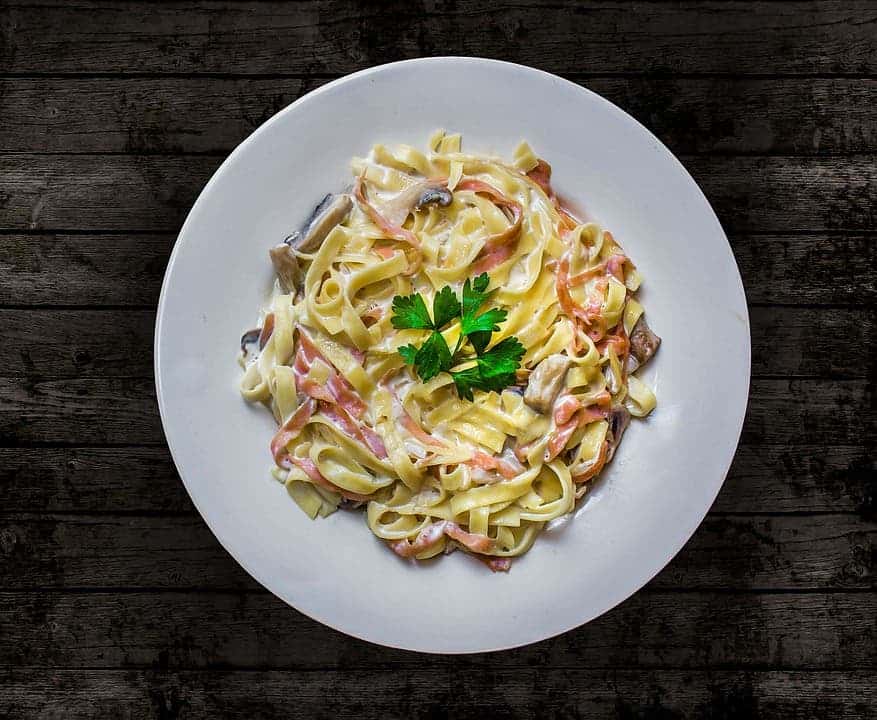Nowadays, people tend to blame carbohydrates for the obesity epidemic, but a new paper suggests that not all refined carbs — that are quickly absorbed into the bloodstream — make you fat. Pasta, for example, in spite of being a member of the refined carbohydrate family, has a low glycemic index (GI).

The glycemic index is the number that shows the effect of carbohydrates on a person’s blood sugar concentration. The glycemic index is usually applied in the context of the quantity of the food ingested and the amount of carbohydrate present in the food.
Another measure, the glycemic load (GL), factors this in by multiplying the glycemic index of the food in question by the carbohydrate content of the actual serving. For example, watermelons have a high glycemic index, but a low glycemic load for the quantity typically consumed. Fructose, however, has a low glycemic index but can have a high glycemic load if a large quantity is ingested. In other words, it’s not always tit for tat with these two parameters.
Researchers analyzed data from 30 randomized control trials involving almost 2,500 people who ate pasta, instead of other carbohydrates, as part of a healthy low-glycemic index diet.
“The study found that pasta didn’t contribute to weight gain or increase in body fat,” said lead author Dr. John Sievenpiper, a clinician scientist from the St. Michael’s Hospital’s Clinical Nutrition and Risk Modification Centre. “In fact, analysis actually showed a small weight loss. So contrary to concerns, perhaps pasta can be part of a healthy diet such as a low GI diet,” he added.
Participants involved in the trials ate on average 3.3 servings of pasta per week instead of other carbs, one serving of pasta meaning one-half cup of boiled pasta. At the 12-week follow-up, scientists observed that participants had lost 0.5 kilos on average.
Although pleased by the findings, researchers highlighted that these results are generalizable to pasta consumed along with other low-glycemic index foods as part of a low-glycemic index die
“In weighing the evidence, we can now say with some confidence that pasta does not have an adverse effect on body weight outcomes when it is consumed as part of a healthy dietary pattern,” said Dr. Sievenpiper.
I, for one, couldn’t be any happier. As a pasta lover, and a health freak, this news is incredible. The only thing left for me to say is ‘Buon appetito’!
The paper was published in the journal BMJ Open.






